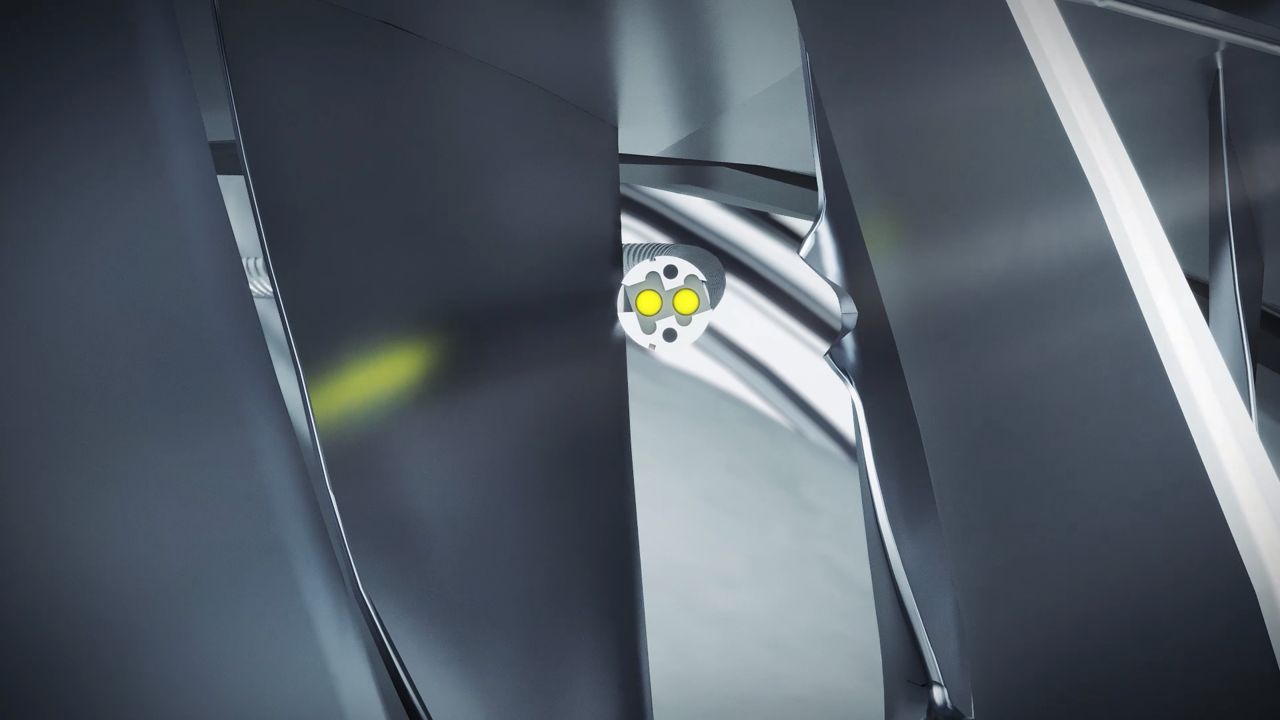
What Rolls are up to
Yesterday Rolls Royce announced a new three-year project – REINSTATE – with support from the Aerospace Technology Institute (ATI), to develop fascinating new technologies to be used in servicing and maintenance.
Engineers will work on 20 new technologies in total with the aim of reducing the volume of parts that are scrapped by repairing them instead. This is currently impossible due to the inability to access complex parts within jet engines and because the repair technologies for some issues do not currently exist.
What exactly are these new technologies?
Potentially the most eye catching of these new technologies are the “snake robots” which will travel inside jet engines to access complex parts. It sounds like something out of a science fiction movie but is a viable solution to enabling repairs that are not possible with today’s tools.
In addition to the serpents, engineers will develop:
- Sensors that will send data while the aircraft is flying to allow the engineers to better predict when the engine will require maintenance;
- Inspection and analysis tools to inspect parts buried deep within engines while they are being repaired;
- Advanced automated repair technologies that will target parts which cannot currently be repaired.
These technologies will be deployed on existing engines, while engineers will also work to ensure they can be applied on future low-carbon engines that will use different materials and components.
It’s also great for the environment
Rolls-Royce are confident that these new technologies will reduce CO2 emissions. More parts will be repaired, rather than replaced, leading to less scrappage and the analysis tools will help to avoid unnecessary maintenance. Coupled with more digital inspection techniques, and ‘key-hole surgery’ for engines, this will all lead to a reduction in the movement of people and parts.
Some of these technologies will also benefit other industries. For example, high-tech cameras and algorithms will help to identify damage on components in sectors like security and off-shore wind turbines.
Dr Ian Mitchell, Chief of Technology – Repair and Services, Rolls-Royce, said: “Our latest engines are quieter and cleaner than ever before, substantially reducing CO2 emissions. This programme will take that one step further by improving how we service our engines, creating technologies which will reduce waste, avoid emissions and minimise disruption, while laying the foundations to service the gas turbine and hybrid-electric engines of the future.”
Who else is involved?
The project is underway in conjunction with universities and SMEs including Roke Manor Research, BJR Systems, Clifton Photonics, the Manufacturing Technology Centre, the University of Nottingham, the University of Sheffield, and the University of the West of England.





